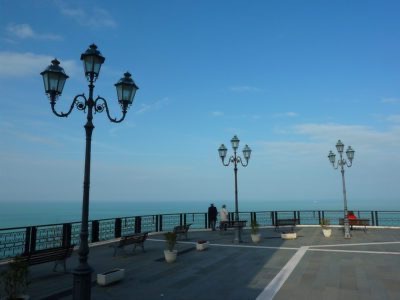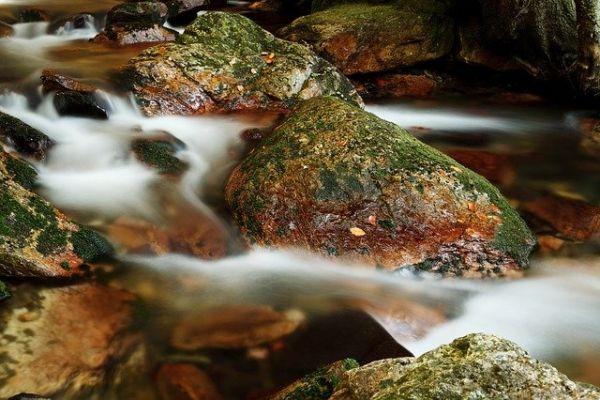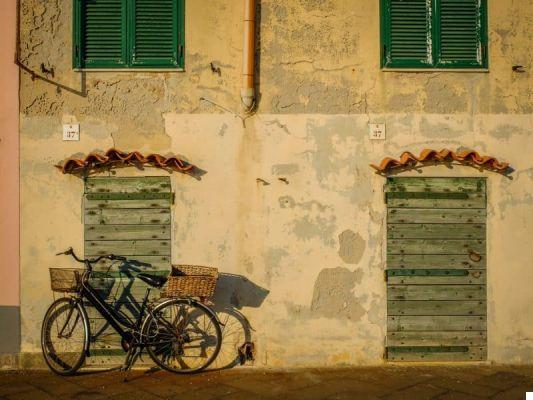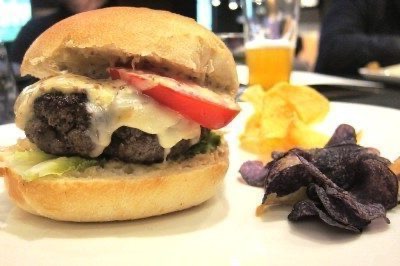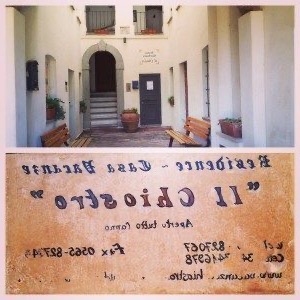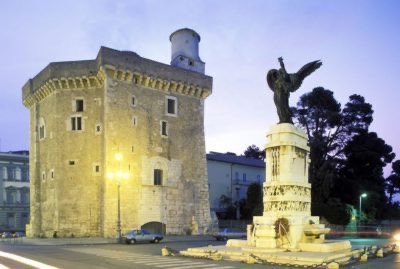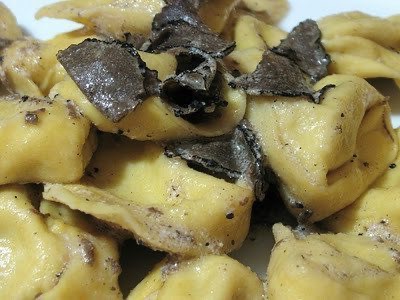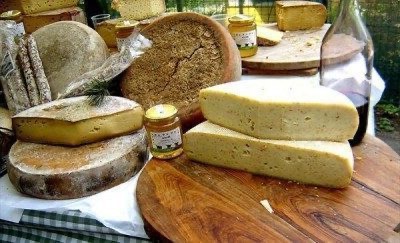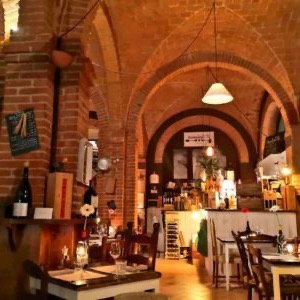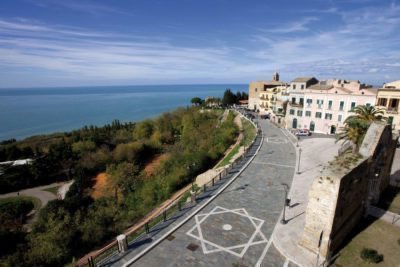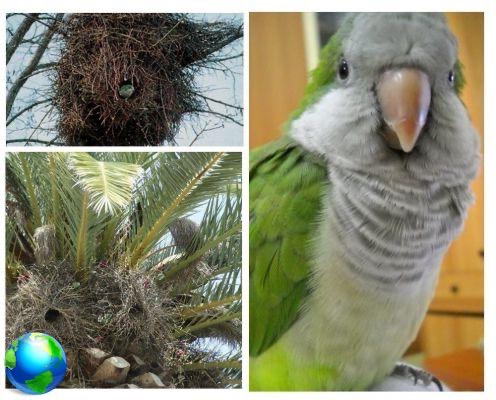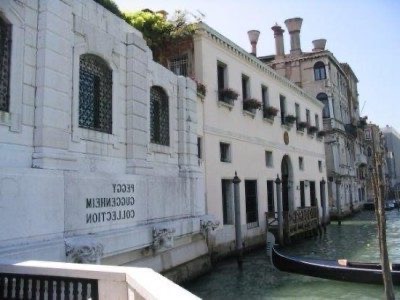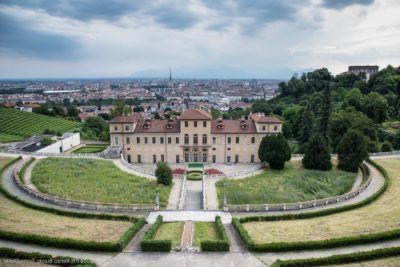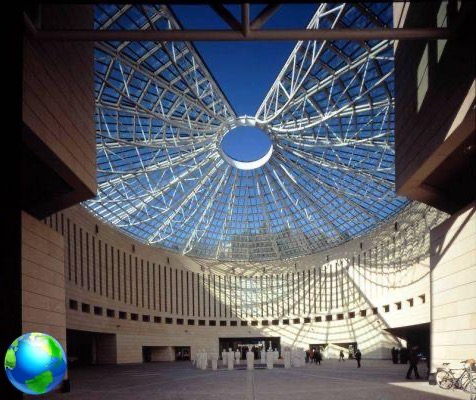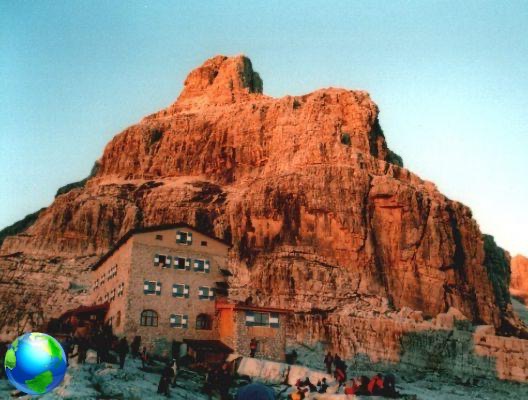What to see in Florence, the five best science museums, to learn while having fun, not only for adults but also for children, read the post.
Fine art, Brunelleschi, Botticelli, the Renaissance and then Leonardo and Michelangelo. Florence is this, but in this post we are talking about science. A science cultivated, collected, supported primarily by the Medici family, compulsive collectors of beautiful and interesting things, then carried on as a flagship by the Lorraine and arrived at the present day, with the University and other institutions.
So this post is dedicated to those who have already come to Florence and want to see something new and unexpected, but also to those who travel with children and want to create a tailor-made itinerary.
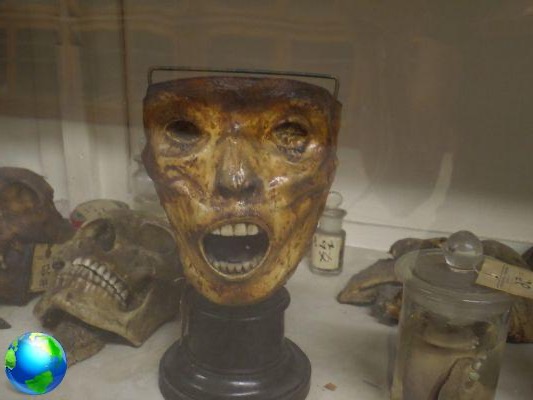
Meanwhile, it must be said that the scientific collections are largely edited by Natural History Museum of the University of Florence, made up of many sections. One of the best known is the zoology section, also called La Specola. The headquarters are in via Romana, a stone's throw from Palazzo Pitti. The museum is a huge collection of animals, in fact there are millions of artifacts that have been collected in the long history of the Museum. The various species are present in the showcases, with references to their way of life: there are extinct species, animals from distant countries, with a turnover that still lasts today - do not think of something static and dusty.
Part of the museum also concerns the precious ones anatomical figures made in wax by both Gaetano Zumbo and Clemente Susini: they are life-size figures, which can be dismantled, which illustrate the human anatomy with impressive realism: the Specola waxes are the largest collection in the world! Also part of the Specola collection is the Salone degli Skeletri, on the ground floor, not always open, where you will find, for example, a Tasmanian tiger and where three amazing skeletons of cetaceans hang from the ceiling.
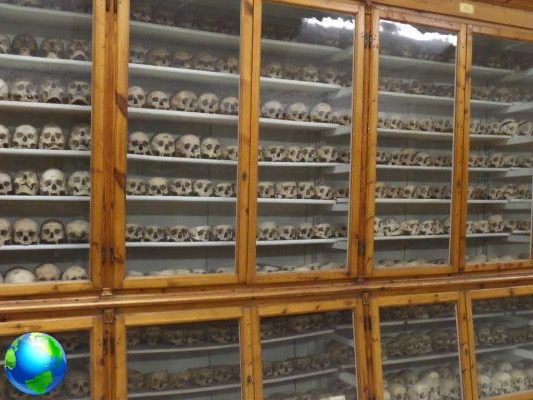
I recently visited a section of the Natural History Museum located right inside the largest Florentine hospital, which is called Careggi and is located outside the historic center. Here in the Anatomy pavilion are the sections of Anatomy and Pathological Anatomy. To see them you need a strong stomach: the finds are only partly made of wax. Most of what you will see ad Anatomy it's true: there are expanses of skulls - when phrenology was in fashion and skulls were studied to understand personality - there are preparations of body organs, nerves, muscles: nothing artificial, everything is true! Naturally there is no shortage of organs in formalin. And then the horror touch: there are the preparations of Girolamo Segato, a grim figure of a scholar who at the end of the eighteenth century invented the technique of petrifying the human body: body pieces that have become hard as stone, the method of preparation of which has remained secret and has gone down with Segato into the tomb.
The section of Pathological anatomy instead it is full of wax models representing various pathologies, especially skin. The doctors of the time wore these models to talk about the diseases they had faced (after all there were no slides!). The wax school is the same as that of the Specola, which was renowned and qualified in Florence. In the elegant showcases of this section there are many vessels containing malformed fetuses preserved in formalin: here too, nerves are steadfast! The two sections of Anatomy and Pathological Anatomy can be visited by appointment only.
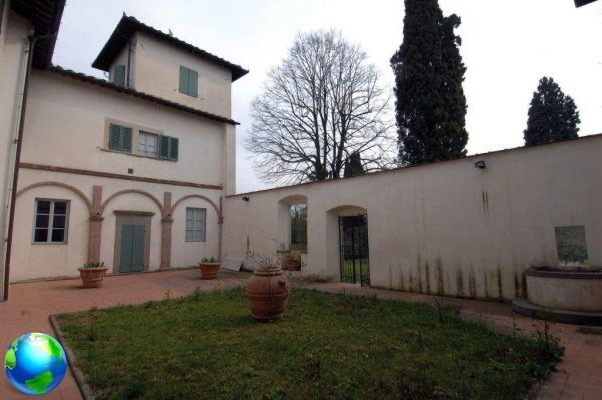
Also of the University but a little less disturbing is the section of Geology and Paleontology which is located in the center, in via La Pira (near the splendid Botanical Garden). This is truly the realm of children in love with prehistory. In an exhibition that illustrates the history of the earth there are fossil finds of invertebrates, vertebrates and various mammals, but the interest goes all to some "stars": from tapirs to bears to mastodons. The latest addition to the museum's stars is the fossil whale, intact, to which an entire room has been dedicated that reproduces the seabed!
But speaking of science and of Florence we cannot forget Galileo Galilei, who lived in this city for many years - first working for the Grand Duke Cosimo II dei Medici and then practically forced "under house arrest" by the Holy Office. Very interesting is the house where Galileo lived his last years and died: it is called Villa Il Gioiello and is in a splendid hilly position in the Arcetri area, i.e. close to the Astronomical Observatory. The villa is empty of furnishings, but the room where Galileo, now blind, met his disciples and dictated his books is still there and excites us. Since the villa is only visited in guided groups, it is easy to grasp its charm. The villa bordered the garden of the convent in which the two daughters of the scientist lived as cloistered nuns, whose favorite Sister Maria Celeste was.
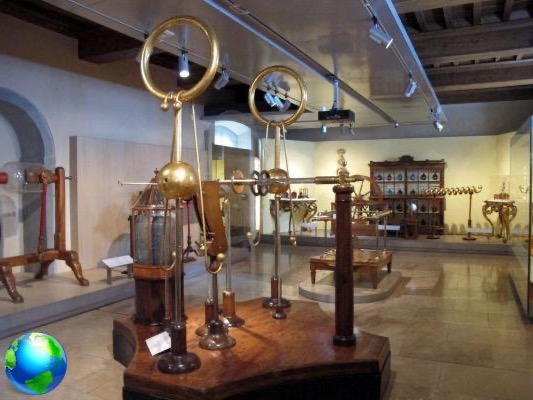
Dedicated to the astronomer is the Museo galileo in Piazza dei Giudici (we are on the banks of the Arno, behind the Uffizi). Here science is lived and experienced, the museum is very multimedia and with practical applications. All the instruments on display date back to the Medici and Lorraine collections, and Galileo's original telescopes and his writings can also be admired here. The collection of the various scientific wonders, above all there are mathematical instruments, was started by Cosimo I and constitutes the oldest nucleus of the collections now preserved in the Museum.
Often the Museum organizes exhibitions on different themes, the one dedicated to the effects of the 1966 flood on this institution - it is not managed by the University - which was totally devastated.
As for the prices, tickets really affordable for everyone: 6 euros for the Natural History museums, 10 euros for the Galileo Museum, discounts for children.
Photo: Natural History Museum; Galileo Museum; Nesite.




